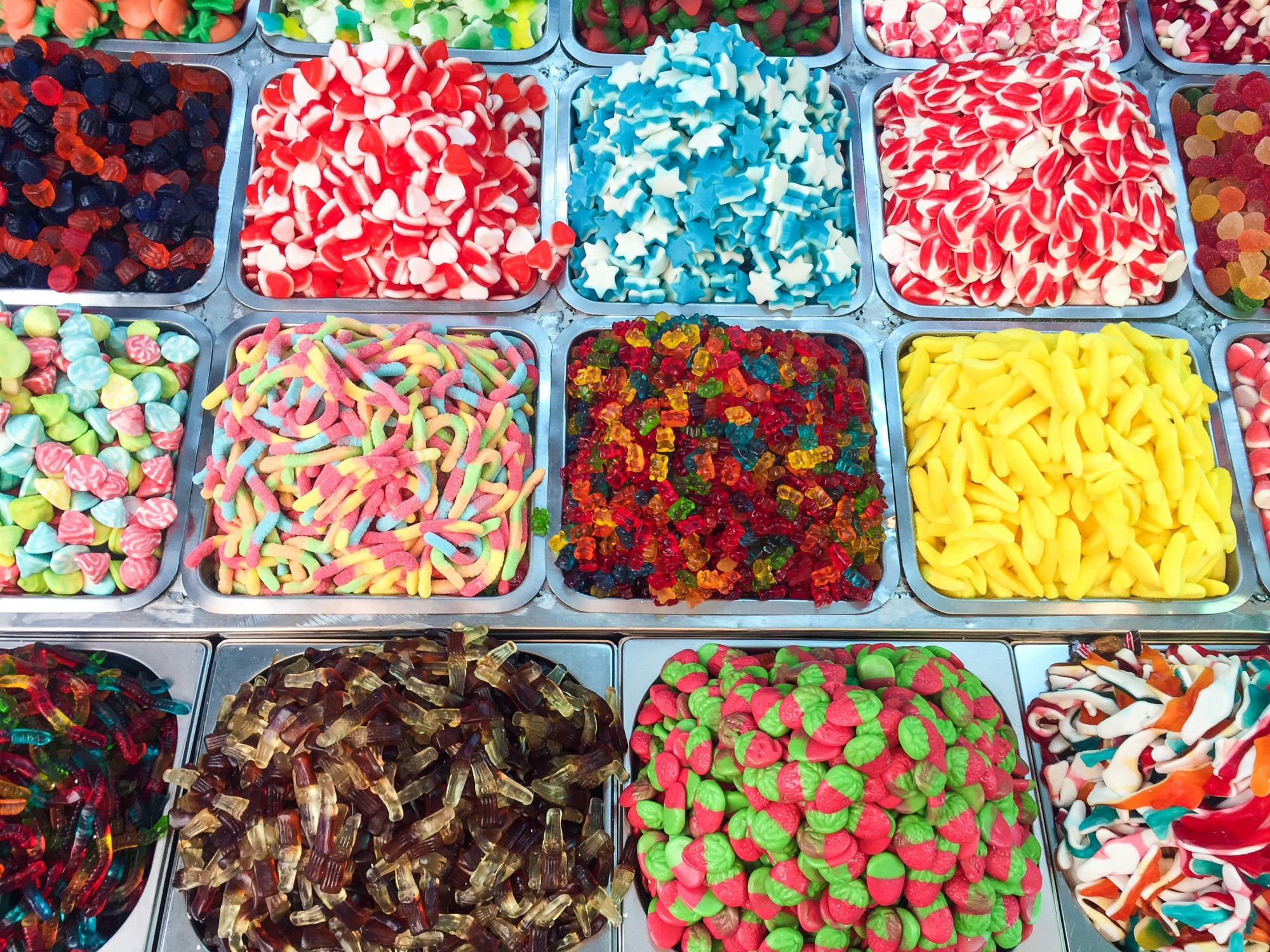U.S. News
10 Popular Candies Under Threat from RFK Jr.’s Additive Ban List
By CM Chaney · July 15, 2025

The proposed reforms focus on eliminating or reducing additives that have been linked to adverse health effects, including allergies and behavioral issues. As a result, some of the most beloved candy brands may need to reconsider their ingredient lists to align with new health standards. This shift creates an opportunity for the confectionery industry to innovate, offering cleaner, naturally colored and flavored options without compromising on the delightful taste that consumers love.
While the intrinsic appeal of candies is often tied to their vibrant appearance and intense sweetness, meeting these new guidelines would require exploring alternative ingredients that maintain their allure. As we delve into these potential changes, let’s take a look at 10 popular candies that could be most affected by RFK Jr.'s additive ban and how they might evolve in a healthier food landscape. © Josh Morgan-USA TODAY
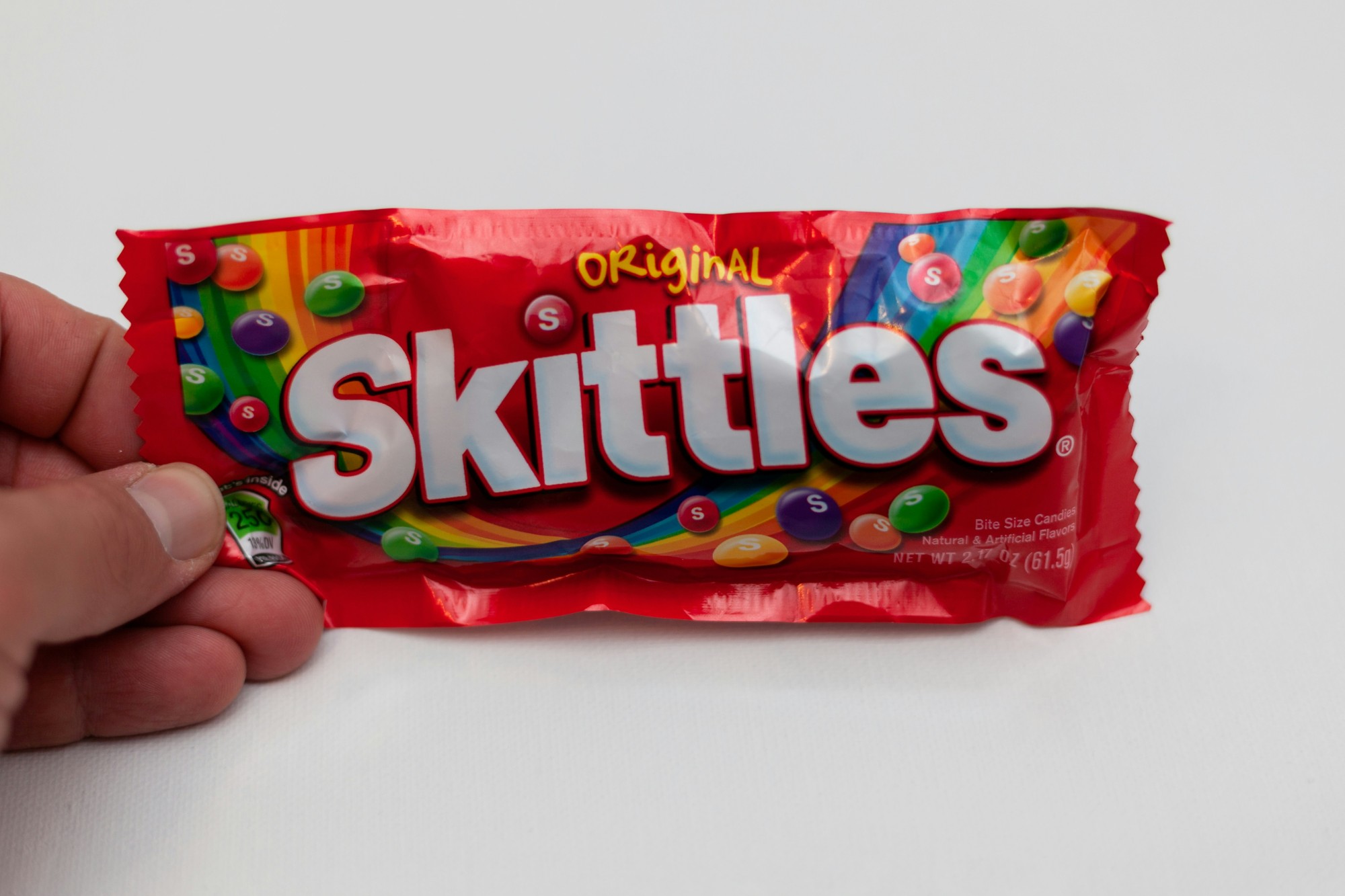
Skittles
Known for their slogan "Taste the Rainbow," Skittles are synonymous with vibrant colors and fruity flavors. However, these characteristics largely stem from synthetic dyes like Red 40 and Yellow 5, which could be at risk under RFK Jr.'s proposed bans. This situation presents a challenge for Mars, the parent company, to reformulate while retaining the taste and visual appeal that consumers adore. By potentially substituting artificial dyes with natural color alternatives derived from fruits or vegetables, Skittles could maintain their brand identity while promoting a healthier option. This innovation not only aligns with health-conscious consumer preferences but also strengthens market competitiveness by addressing growing concerns over artificial additives in popular confectionery products. Photo by Jonathan J. Castellon on Unsplash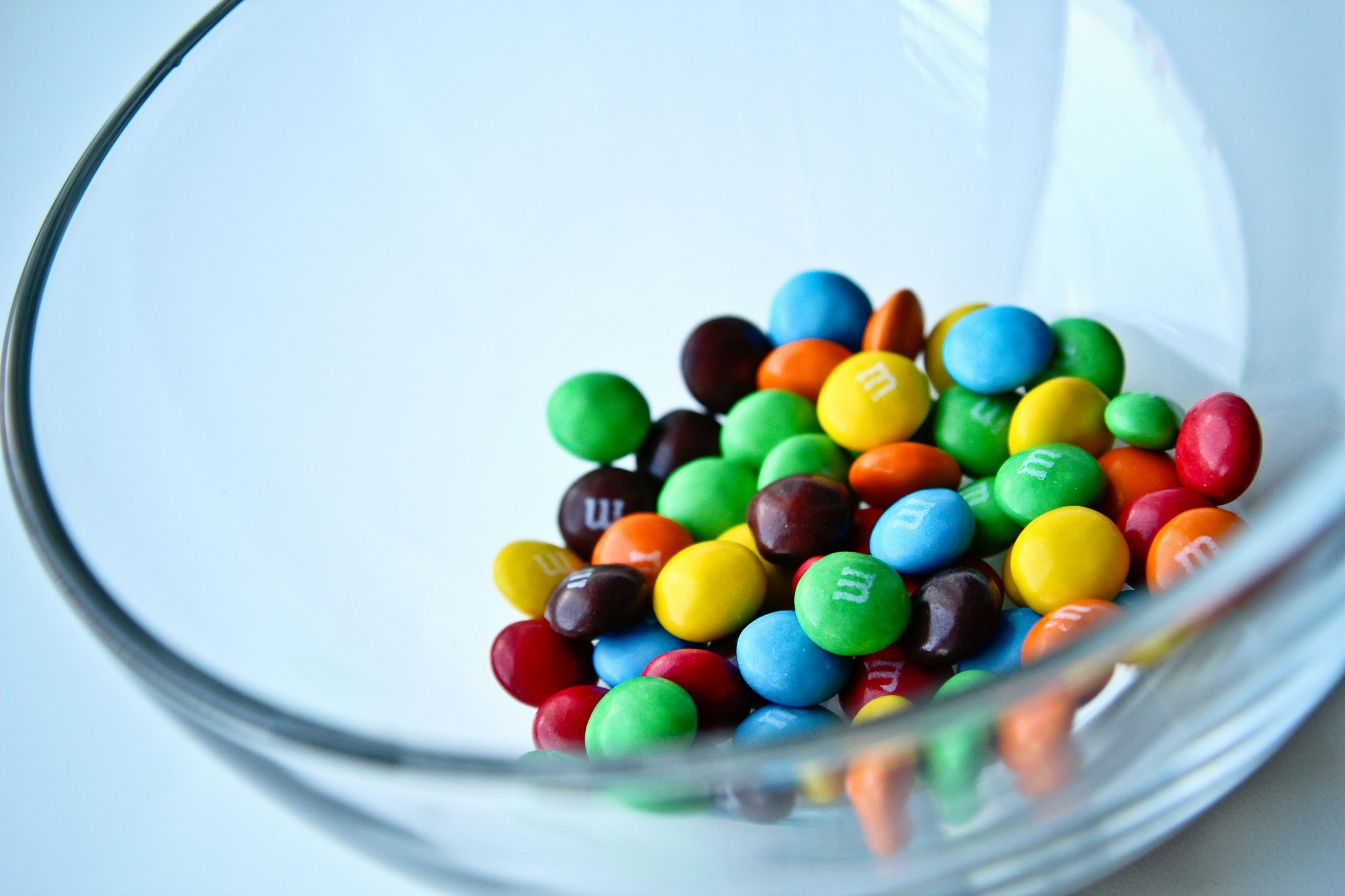
M&M's
These colorful, hard-shelled chocolates are beloved worldwide, but M&M's also rely heavily on artificial colors to achieve their iconic look. Made by Mars, the candies currently use a variety of synthetic dyes, many of which may face scrutiny under new health regulations. Transitioning to plant-based or natural colorants, M&M's could continue offering their signature multicolored appeal without synthetic additives. This adaptation would cater to evolving consumer expectations for products that prioritize transparency and healthfulness, while maintaining the beloved blend of chocolate and candy shell that defines the brand. Such a move could position M&M's at the forefront of the industry shift toward cleaner, additive-free candy options. Photo by Oksana Zub on Unsplash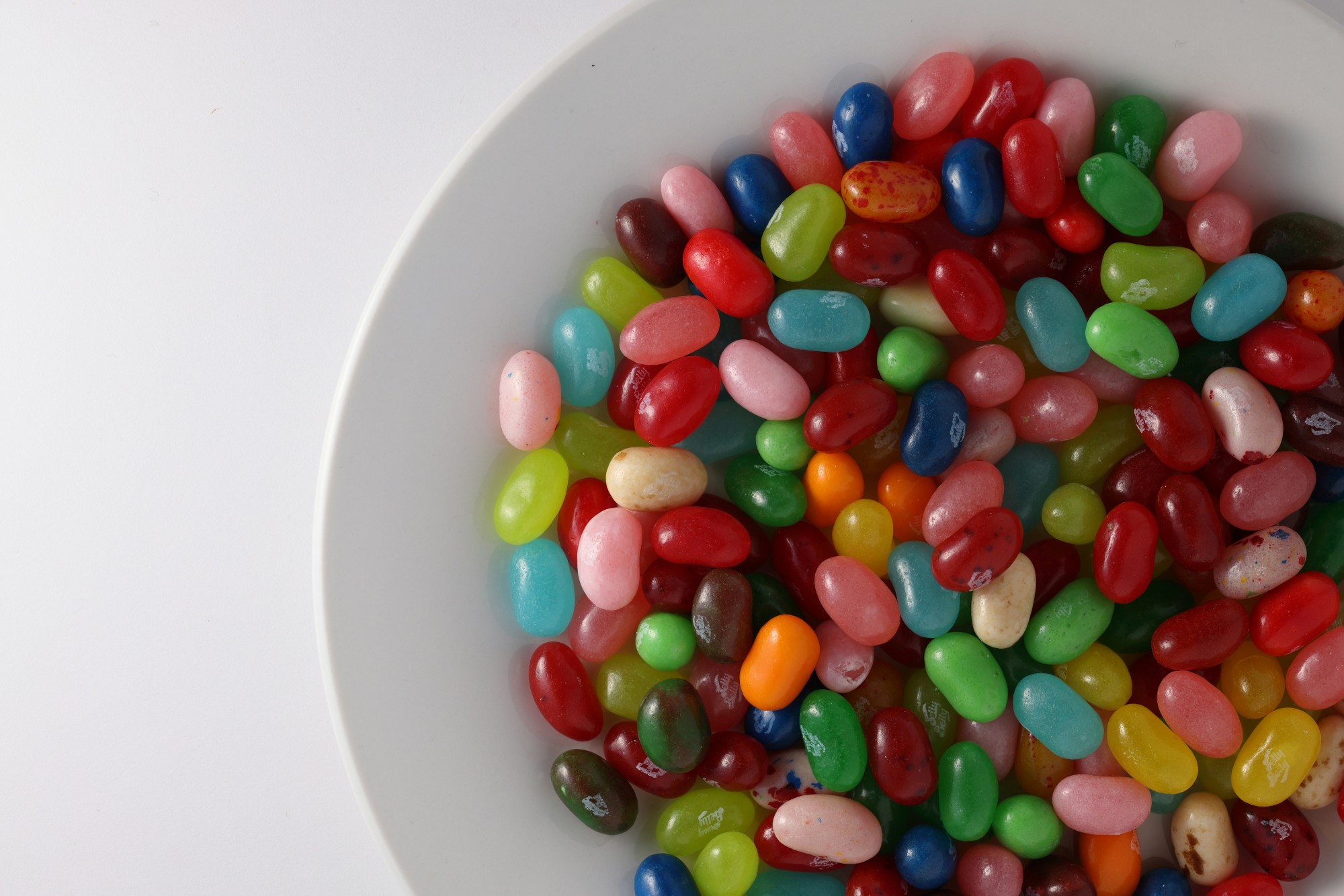
Jelly Belly Jelly Beans
Jelly Belly jelly beans are cherished for their diverse range of innovative flavors and bright colors, achieved through a mix of natural and artificial ingredients. The potential additive bans could target these synthetic elements, prompting Jelly Belly to investigate more natural alternatives while striving to retain the authenticity of their flavors. By incorporating fruit and vegetable extracts or other plant-based colorings, they can align with modern health standards without sacrificing the iconic taste experience. This reformulation effort not only addresses consumer health concerns but also highlights Jelly Belly's commitment to evolving with industry standards, ensuring their products remain favorites in the confectionery market. Photo by Alex kristanas on Unsplash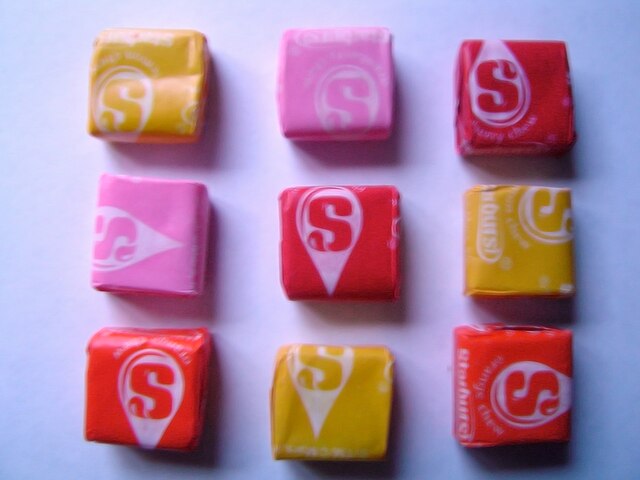
Starburst
Renowned for their chewy texture and intense fruity flavors, Starburst candies contain artificial colors and flavors that contribute to their distinct allure. Produced by Mars, Starburst may need to explore natural fruit-based flavorings and colors if these additives are banned. This transformation would align with consumer preferences for cleaner labels while preserving the candy's signature, juicy taste. By focusing on natural ingredients, Starburst can continue delivering vibrant fruitiness without synthetic additives, offering a healthier yet indulgent option to candy enthusiasts. Such innovations demonstrate a commitment to adapting classic treats to meet modern dietary standards, ensuring ongoing appeal in a health-conscious market. Wikimedia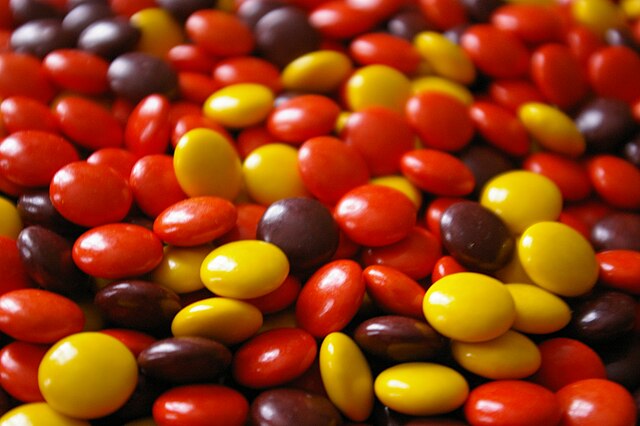
Reese's Pieces
Famed for their peanut butter center and colorful candy coating, Reese's Pieces are susceptible to the proposed additive restrictions due to their use of artificial dyes. Parent company Hershey's might be prompted to reevaluate their coloring methods, considering alternatives like natural vegetable or fruit-based dyes. This approach would preserve the candy's iconic appearance while aligning with consumer demands for more natural ingredients. By ensuring that the eye-catching coatings remain just as appealing without synthetic additives, Reese's Pieces can continue to satisfy both taste and aesthetic expectations, reinforcing their position as a favored choice among candy lovers seeking healthier indulgences. Ged Carroll/Wikimedia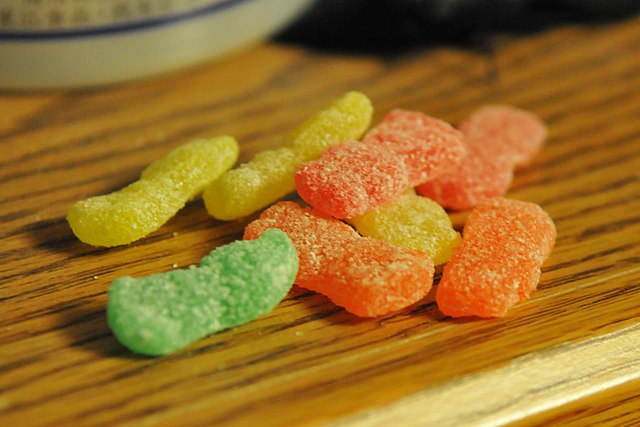
Sour Patch Kids
These tangy, sugar-coated gummies by Mondelez International rely heavily on vibrant, synthetic dyes for visual impact. Moving away from artificial colors and flavors could involve utilizing naturally derived acids and extracts to maintain their signature sour taste and bright colors. These changes would cater to consumer desires for more transparent labeling, prioritizing health and natural ingredient sources. Through innovative reformulation, Sour Patch Kids could retain their fun and flavorful identity, offering satisfied consumers the same tangy delight with improved nutritional value, thereby maintaining their relevance in a market gradually leaning towards cleaner, health-focused confectionery options. Kevin Ho/Wikimedia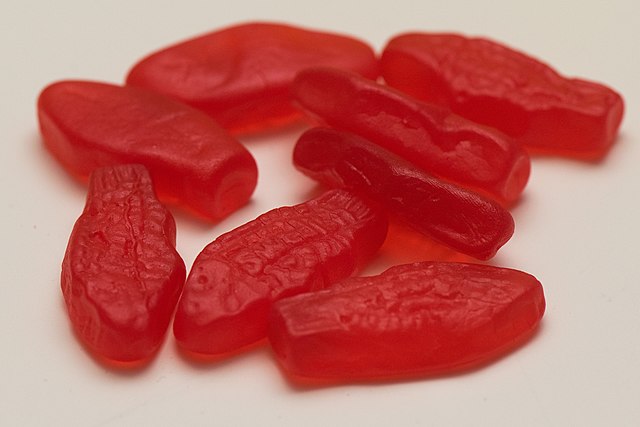
Swedish Fish
These gummy treats are known for their chewy texture and characteristic red color, often attributed to Red 40 or similar synthetic dyes. As additive regulations evolve, Mondelez International may explore natural alternatives such as beetroot or other plant-based colorings for Swedish Fish. By transitioning to these healthier options, the brand can maintain the appeal of their iconic fish-shaped candies while addressing consumer health concerns. This shift not only aligns with broader industry trends towards natural ingredients but also strengthens consumer trust in the safety and integrity of well-loved confectionery products, ensuring a satisfying treat that health-conscious customers can enjoy guilt-free. Matthew Bellemare/Wikimedia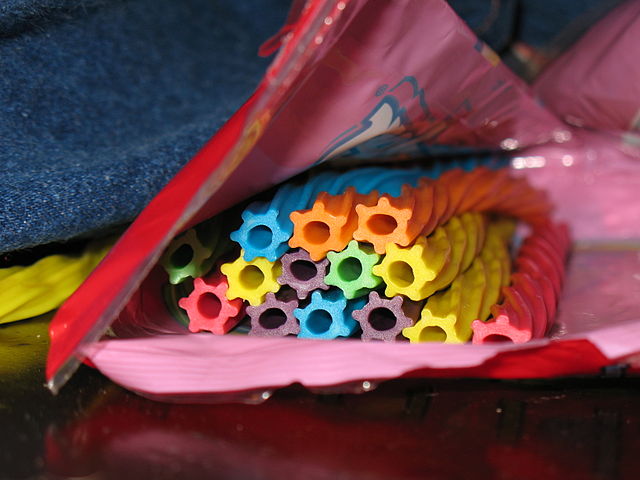
Twizzlers
Twizzlers, under the Hershey brand, are a beloved chewy candy known for their licorice-like taste and vibrant colors. To address future additive bans, Twizzlers could explore reformulating by eliminating synthetic colors and introducing natural alternatives derived from fruits or vegetables. This transition would cater to consumer preferences for cleaner, healthful snacks, while preserving the delightful taste that fans enjoy. The shift towards natural coloring aligns with a growing trend for transparency and nutrition in confectionery products, positioning Twizzlers as an industry leader in innovation and health-conscious candy offerings. Adapting in this way ensures Twizzlers remain a celebrated indulgence for generations. rmkoske/Wikimedia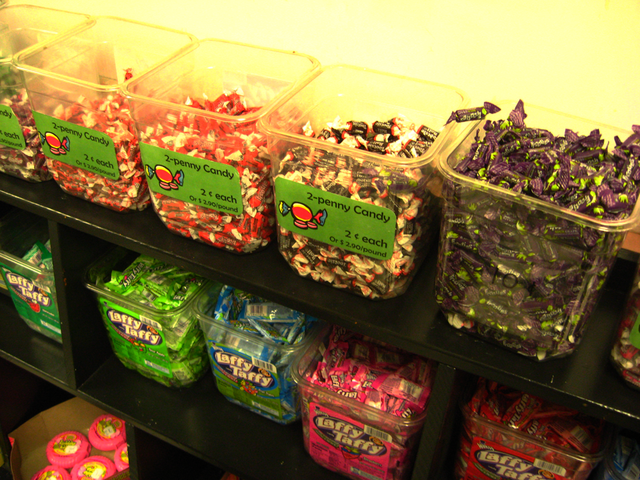
Laffy Taffy
A popular choice for its chewy texture and playful flavors, Laffy Taffy, produced by Ferrara Candy Company, uses various artificial dyes and flavorings that could be impacted by proposed additive bans. To adapt, Laffy Taffy might explore incorporating fruit-based flavors and natural colors, such as turmeric or spirulina, into their products. This approach would align with consumer preferences for healthier candy options, maintaining the fun and whimsy of Laffy Taffy while meeting modern dietary standards. Transforming the confectionery landscape, Laffy Taffy can continue delighting consumers with its classic charm, now improved with ingredients that reflect a commitment to health and quality. Ravenelle/Wikimedia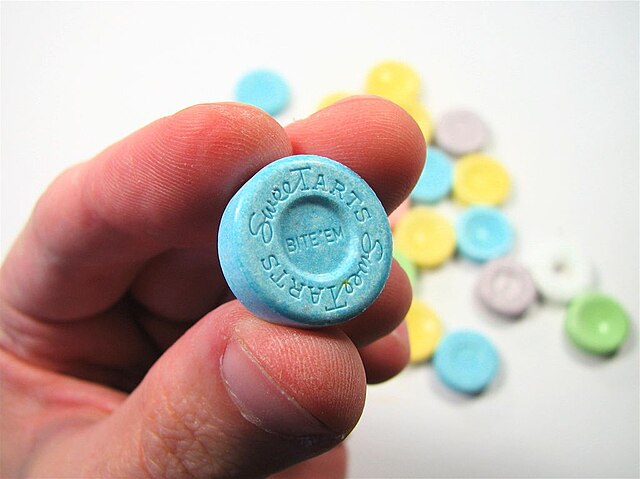
SweeTARTS
Known for their tangy burst of flavor and colorful appeal, SweeTARTS, under Ferrara Candy Company, may need to reconsider their reliance on synthetic dyes and flavors if potential bans are implemented. By exploring naturally sourced flavorings and colors, SweeTARTS can maintain their lively taste without artificial additives. This ensures that consumers seeking tangy, sugary snacks can indulge without compromising health standards. Such a transformation aligns with industry trends favoring transparency and nutrition, allowing SweeTARTS to remain competitive by appealing to an audience increasingly inclined towards products that balance fun, flavor, and a commitment to health. Windell Oskay/Wikimedia